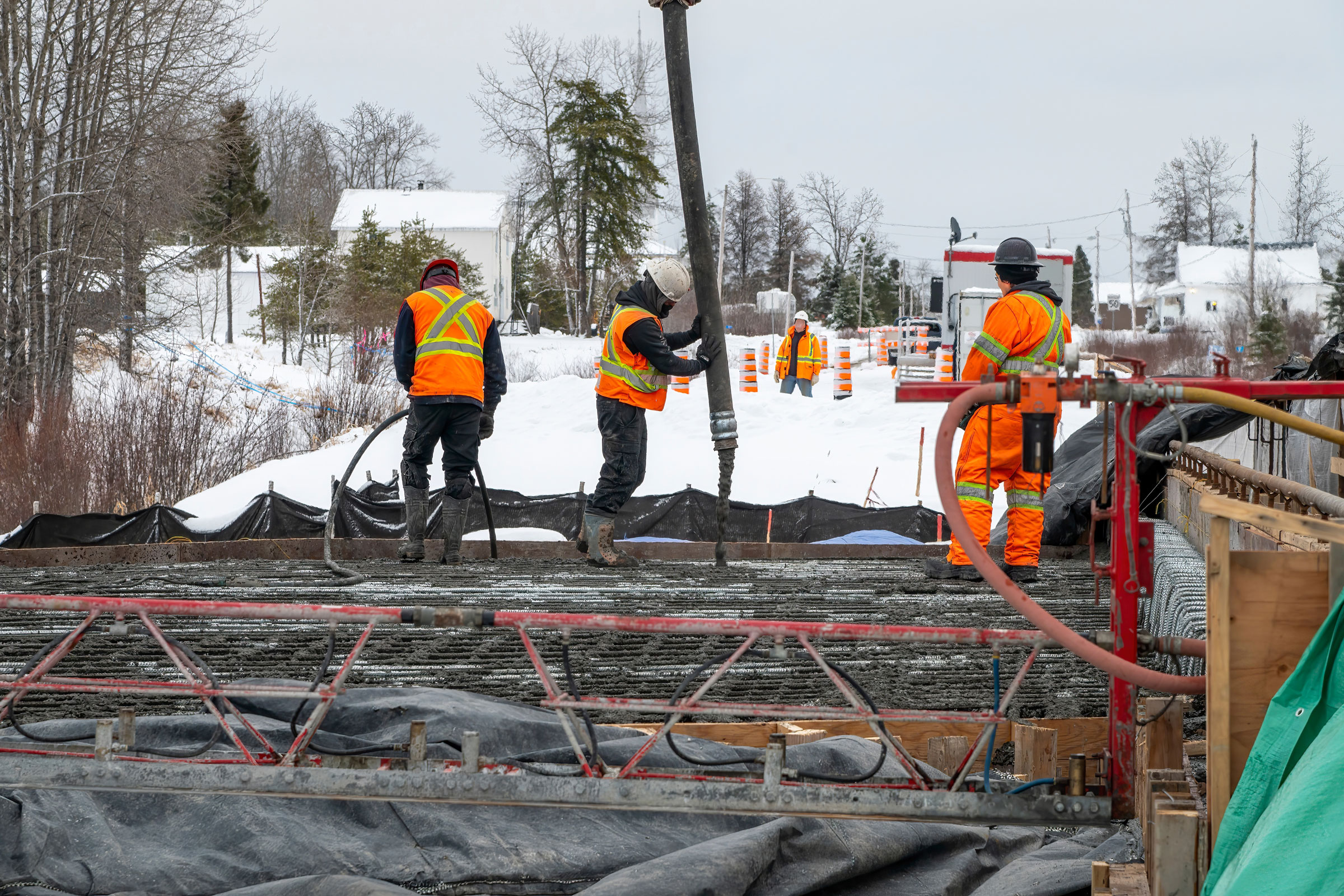Story at a glance:
- One architect explores the need to consider how much waste is generated during a typical project.
- One of the biggest factors in a product’s sustainability story is its life cycle.
- The Turett Collaborative shares tips to guide AEC professionals to reduce waste.
When driving past active work areas or even working on a construction site, it’s not often top of mind to think about all of the dumpsters collecting debris and the amount of waste generated. The exciting part of any project, most of us can agree, is the new material, design, and construction of the space itself. Little attention, then, is paid to the materials being removed, placed in a dumpster, and carted away. Even less consideration goes to the landfills or recycling plants in which these items often land.
As building professionals we are always looking for innovations in sustainability. When considering sustainable design we tend to think in terms of a single material itself—its makeup and/or whether it off-gasses. However, one of the biggest factors in a product’s sustainability story is its life cycle. Once we are finished with the product or the product is no longer desired for use, can it be disposed of in a way that does not negatively affect the environment?

Wayne Turett is the founder and principal of The Turett Collaborative, an NYC-based architecture firm. Photo by Liz Glasgow
As I designed and built my own Long Island home, which was designed to passive house standards, these questions became more and more pertinent. I had specified passive-approved, sustainably made materials for the home and carefully selected as much recycled and reused material as possible. However, as the project began to wrap up, the materials in the dumpster consisted of unused insulation, fairly large pieces of scrap wood, and partially used taping compound containers. This project was new construction; I could not begin to imagine how much waste, both leftover new material and deconstructed remnants, would have resulted if this were a renovation of similar scale.
As I reached out to contractors and friends in the area through my own network (“Does anyone need any plywood? Anyone looking for insulation? Pick up in my garage.”), I realized there had to be a better way to reduce construction waste. Over my three decades as an architect the majority of my projects have been urban residential; in these cases asking a client to store 40 feet of plywood and leftover insulation in their new garage, if they have one, is out of the question. While sending a dumpster of the leftover and old materials to a landfill or recycling plant is an option, does it make sense to spend energy recycling materials that could be easily used by someone else? My team and I began to look into ways architects around the world have found solutions to their projects’ waste and leftover materials. While there is not one magical solution, I hope the below ideas may guide fellow professionals in their own quests for waste reduction.
Designated Dumpsters for Recyclable and Non-Recyclable Materials
One of the less-involved steps to take toward reducing construction waste is to opt for two dumpsters outside of your site—one for landfill and one for recycling. It may require some research to help your demolition team determine which materials belong where, but arranging for one of your dumpsters to be sent to a recycling center is a big improvement over sending everything, recyclable and non-recyclable, to a landfill. Unfortunately the latter is most common.
Deconstruction Services
In the Netherlands, often a leading location for environmental awareness and innovation, half of the country’s waste comes from job sites. In an effort to find new uses for leftover material, known as the cradle-to-cradle approach or circularity, forward-thinking professionals offer “deconstruction services,” essentially demolition services with a much more careful eye.
These services are carried out by those who know what to look for, i.e. what materials can be reused or recycled and which can be donated for future use or even used by the deconstruction company if their work includes new construction. Deconstruction, while labor-intensive, has been proven effective. This process helps to conserve landfill space and reduces the negative impact of creating more of these materials for someone else’s use. For client benefit, deconstruction often offers tax breaks, which can help offset the costs of architectural services and other expenses.
Some organizations, like Habitat for Humanity local branches or, in the New York area, Big Reuse in Gowanus, provide opportunities for pickup and dropoff donations of household appliances and building materials. Big Reuse, for example, is perhaps a more worthwhile destination for a pr-owned washing machine from your renovation project than a landfill.
Database for Community Material Sharing
The final idea I am sharing is not far in concept from my outreach to local contractors and job sites or gathering leftover materials from projects and reaching out to local contacts. The idea that sharing of leftover or preused materials can be done on a smaller, community scale is less daunting and perhaps more efficient than some of the other options. Is driving across town to pick up leftover wood not more efficient than transporting the wood to a job site hundreds of miles away?
A database, or even social media group, of local builders could allow for notices of leftover materials and pickup spots to be disseminated more widely. On a larger, more established scale in a residential area with numerous contractors, construction companies, and simultaneous projects, this method could result not only in less waste, but in the connection of like-minded locals with similar professions.
I do not expect readers to begin establishing waste reduction methods on their current projects, or even their next slate of projects. In all transparency, these ideas vary in applicability and can result in a significantly heavier workload for already difficult projects. Taking a bit of time to weigh these solutions each time construction is gearing up on a new project is a first step. Eventually, committing a project or part of a project to adaptive reuse, donating leftovers and waste, or using deconstruction services becomes less overwhelming. Even familiarizing yourself with local deconstruction services, Habitat for Humanity or similar organizations, and recycling plants in your area is a significant step in the right direction.

Photo by Liz Glasgow

Photo by Liz Glasgow

Photo by Liz Glasgow




